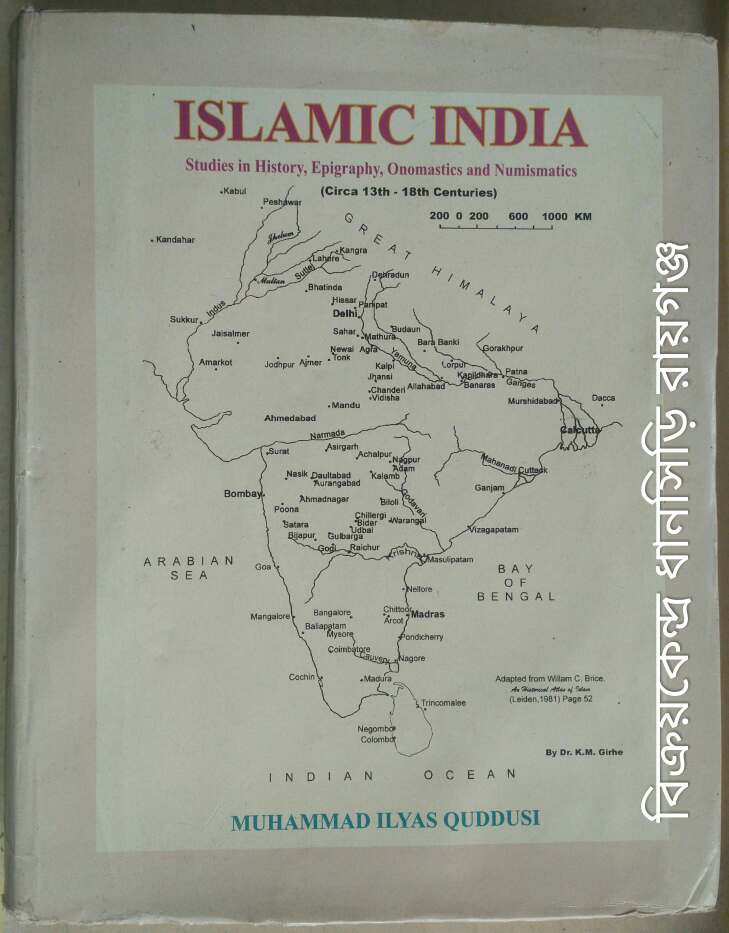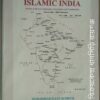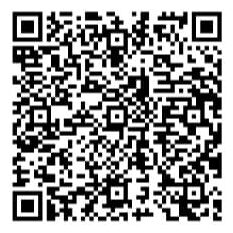Islamic India constitutes some snippets of the variegated life in medieval India. Glimpses of the life could be had from inscriptions, coins, artefacts and remains of monuments most of which I came across while on my official tours in regions far and wide. I wrote articles on these interesting evidences of great days in medieval India and got them published in well-known journals like Journal of the Epigraphical Society of India/Studies in Indian Epigraphy, Studies in Indian Place Names, Khuda Bakhsh Library Journal, Islamic Culture and in various commemoration and felicitation volumes brought out in honour of leamed and scholarly personalities in different fields. My studies are mainly based on Persian inscriptions and other primary and secondary literary sources in Persian. While preparing these articles, I drew on available sources besides suggestions from fellow scholars.Inscriptional studies in Persian have great importance in bringing out various facets of medieval India. This conviction prompted Mr. Tanzim Raza Qureshi who brought out my first academic work Khandesh under the Mughals (A.D 2002) to take up the publication of my articles in a book form for the benefit of scholars and researchers working on Islamic India. The first article ‘Cultural Gleanings from Perso-Arabic Epigraphy’, highlights some of the new and rare cultural aspects culled from mostly Persian inscriptions Originally, it was a lecture which I delivered at the International Centre for Cultura Studies, Nagpur, in October 2000. It was later published in Archaeological Glimpses of Indian Culture (ICCS,Nagpur, 2001,pp.68-85).Indo-Iran Relations: An Epigraphical Study’, is the second article which is an attempt to study Persian and Arabic inscriptions, found in West and South India, from the point of view of Indo-Iran cultural and civilizational relations. One of the important cultural aspects that can be gleaned from these epigraphs, is the preparation of a long list of Persian settlers in different parts of India, associated with different vocations in life who hailed from various parts of Iran and its vicinity, giving us an insight into the composition of present ethnic groups of local population in the country and pattern of their professions. According to the existing political map of Iran, comprising twenty two provinces, its two-third area (64%) covering 14 provinces, is represented by the Iranian places mentioned in the inscriptions under study.




